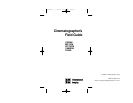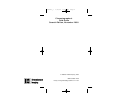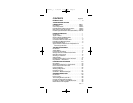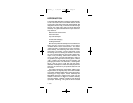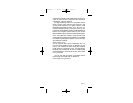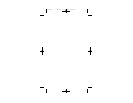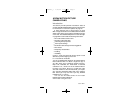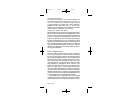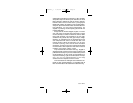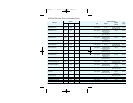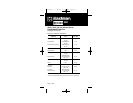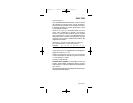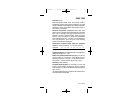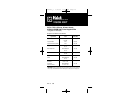9/98 MPF-3
wavelength-by-wavelength comparison of film sensitivity
and spectral output of the lamp can determine the exact
filters re q u i red to balance the light to the film re s p o n s e .
K O D A K Motion Picture Films have a photographic
latitude that makes it unnecessary to use unusual fil t r a t i o n ,
except for special visual effects. Filter recommendations in
this publication, for most normal photography, are
capable of producing excellent-quality pictures with the
p roducts described.
All light sources, whether daylight, tungsten, or flu o re s-
cent, emit energy at a precise color temperature at a given
moment and may not remain consistent at all times. Some
factors that will affect color temperature are sun angle,
conditions of sky (clouds, dust, haze), age of lamps, voltage,
re flectors, etc. Deviations from the expected light sourc e
color temperature will cause an overall color shift in the
finished product. While this diff e rence may be color
c o r rected in printing, there could be some unfore s e e n
m i red shifts. The light source color temperature should be
m o n i t o red with a color temperature meter and corrected as
necessary, at the source, camera, or both.
Only recommended conversion filters (e.g. daylight to
a r t i ficial light) that are placed on the camera are listed in this
publication. Since they may not be consistent with pre v i o u s
recommendations, use the current recommendations for
e x p o s u res and testing. Light source filters (filters on lamps,
a r cs, etc.) are not listed because of the many
varieties and color temperatures of the sourc e s .
The manufacturers of these light sources should be con-
tacted for filter recommendations. It is suggested that all
filter recommendations be tested before actual shooting.
033text_c 1/16/02 11:07 AM Page 9



